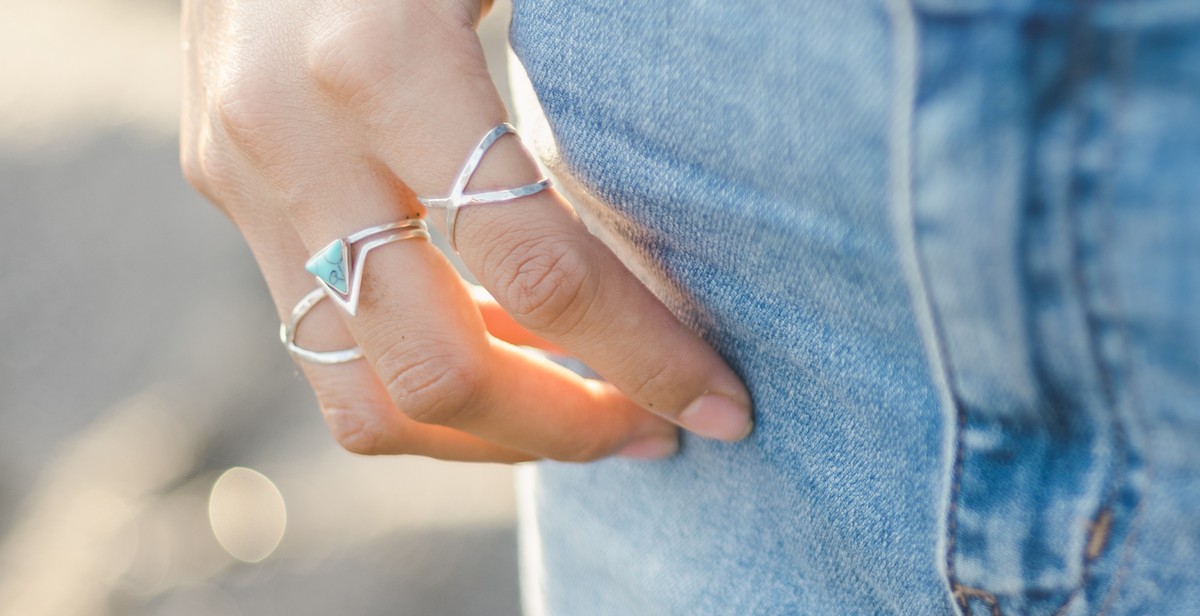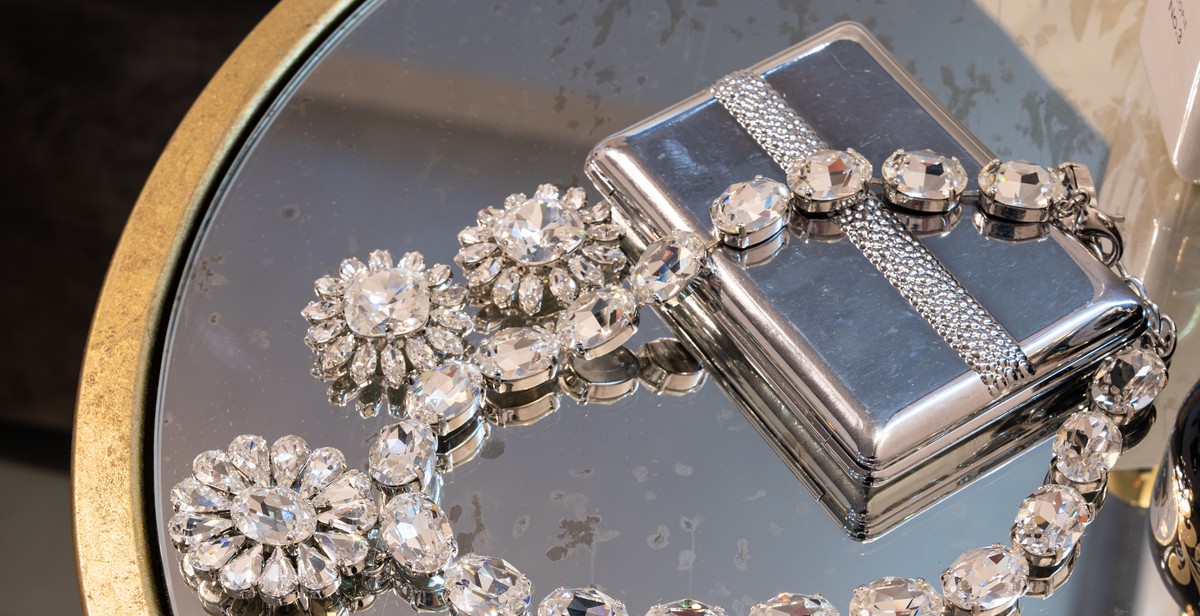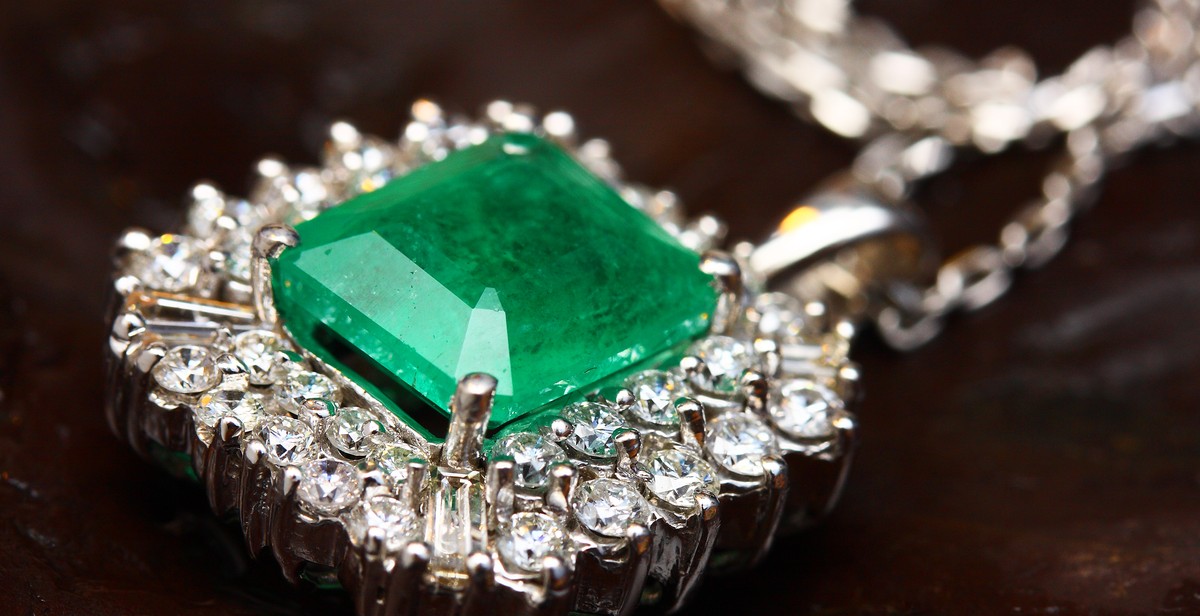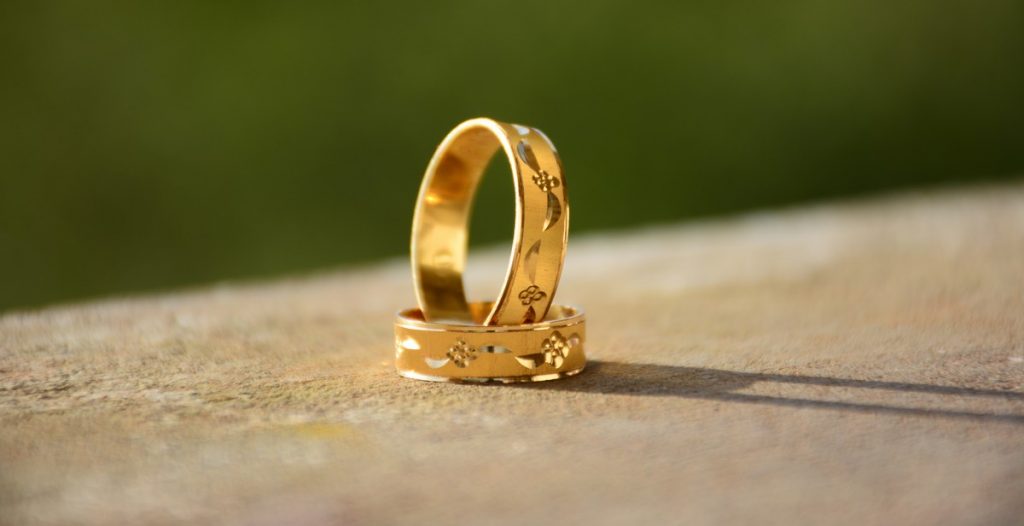Introduction: What metals are used in jewelry?
Jewelry has been an essential part of human culture for centuries. From ancient times to modern days, people have been using jewelry to express their style, status, and emotions. However, not all jewelry is created equal. The quality, durability, and value of jewelry depend on the metals used in its production.
Knowing what metals are used in jewelry is crucial for several reasons. Firstly, it helps you determine the quality and value of the piece. Precious metals like gold, silver, and platinum are more valuable than base metals like copper, nickel, and zinc. Secondly, it helps you understand the durability and resistance of the jewelry. Some metals are more resistant to corrosion and tarnishing, making them ideal for everyday wear, while others are more delicate and require special care.
Moreover, knowing what metals are used in jewelry is essential for people with metal allergies or sensitivities. Some metals like nickel and brass can cause allergic reactions or skin irritations, so it’s crucial to avoid them if you have a sensitivity to them.
This article will explore the different metals used in jewelry, their properties, and their advantages and disadvantages. Whether you’re a jewelry lover, a collector, or a seller, understanding the metals used in jewelry is essential for making informed decisions and ensuring you get the best value for your money.

Precious Metals Used in Jewelry
Precious metals are a popular choice for jewelry making because of their beauty, durability, and rarity. The most commonly used precious metals in jewelry are gold, silver, and platinum.
Gold
Gold has been used for jewelry making for thousands of years and is still one of the most popular choices today. It is a soft metal that is easy to shape and work with, making it ideal for intricate designs. Gold is also highly valued for its luster and color, which can range from yellow to rose to white.
- Gold purity is measured in karats, with 24 karat gold being the purest form.
- 18 karat gold is 75% pure gold, while 14 karat gold is 58% pure gold.
- Gold is a relatively soft metal, with a hardness of 2.5 to 3 on the Mohs scale.
Silver
Silver is a popular choice for jewelry making because of its affordability and versatility. It is a soft, malleable metal that can be easily shaped and engraved. Silver is also highly reflective, giving it a bright, shiny appearance.
- Silver is often alloyed with other metals to improve its durability and strength.
- Sterling silver is the most common alloy, consisting of 92.5% silver and 7.5% other metals.
- Silver has a hardness of 2.5 to 3 on the Mohs scale.
Platinum
Platinum is a rare and valuable metal that is known for its strength and durability. It is a dense, heavy metal that is resistant to corrosion and tarnishing, making it ideal for jewelry that will be worn daily. Platinum is also hypoallergenic, making it a popular choice for those with sensitive skin.
- Platinum is one of the rarest metals on earth, with only a few hundred tons mined each year.
- Platinum is often alloyed with other metals, such as copper and cobalt, to improve its strength and durability.
- Platinum has a hardness of 4 to 4.5 on the Mohs scale, making it one of the strongest metals used in jewelry making.
| Metals | Gold | Silver | Platinum |
|---|---|---|---|
| Purity | Measured in karats, with 24 karat gold being the purest form | Sterling silver is the most common alloy, consisting of 92.5% silver and 7.5% other metals | Often alloyed with other metals, such as copper and cobalt |
| Hardness (Mohs scale) | 2.5 to 3 | 2.5 to 3 | 4 to 4.5 |
| Color | Yellow, rose, or white | Bright, shiny appearance | Grayish-white |

Non-Precious Metals Used in Jewelry
When it comes to jewelry, precious metals like gold and silver are often the first to come to mind. However, non-precious metals like copper, brass, stainless steel, and titanium are also commonly used in jewelry making. These metals offer a range of benefits, from affordability to durability and unique aesthetic qualities.
Copper
Copper is a popular metal for jewelry making due to its affordability and versatility. It has a warm, reddish-brown color that can range from bright and shiny to dark and antique-looking. Copper is also very malleable, making it easy for jewelers to work with and shape into intricate designs. However, copper can tarnish over time and may cause skin discoloration in some people.
Brass
Brass is an alloy made of copper and zinc, giving it a bright, yellow-gold color. It is often used in costume jewelry and fashion accessories due to its affordability and ability to mimic the look of gold. Brass is also very malleable and can be easily shaped into intricate designs. However, like copper, it can tarnish over time and may cause skin discoloration in some people.
Stainless Steel
Stainless steel is a durable and corrosion-resistant metal that has become increasingly popular in jewelry making. It has a bright, silver-like color and is often used in men’s jewelry and watches. Stainless steel is hypoallergenic, making it a good choice for people with sensitive skin. It is also very strong and resistant to scratches and tarnishing, making it a low-maintenance option for everyday wear.
Titanium
Titanium is a lightweight and durable metal that has become a popular choice for men’s wedding bands and other jewelry. It has a unique, grayish-silver color and is hypoallergenic, making it a good choice for people with sensitive skin. Titanium is also very strong and resistant to scratches and corrosion, making it a low-maintenance option for everyday wear.
| Metal | Color | Malleability | Tarnish Resistance | Hypoallergenic |
|---|---|---|---|---|
| Copper | Reddish-brown | Very malleable | Can tarnish | No |
| Brass | Yellow-gold | Very malleable | Can tarnish | No |
| Stainless Steel | Silver-like | Less malleable | Resistant to tarnishing | Yes |
| Titanium | Grayish-silver | Less malleable | Resistant to tarnishing | Yes |
Overall, non-precious metals like copper, brass, stainless steel, and titanium offer a range of options for jewelry makers and consumers. From affordability to durability and unique aesthetic qualities, these metals can provide a great alternative to traditional precious metals.

Alloys in Jewelry: Exploring the Different Types
Jewelry is a timeless accessory that has been worn for centuries by both men and women. The beauty of jewelry lies in the metals that are used to make it. These metals are often combined with other elements to create alloys that are strong, durable, and beautiful. In this section, we will explore the different types of alloys used in jewelry, including white gold, rose gold, black gold, and sterling silver.
White Gold
White gold is an alloy that is made by combining pure gold with other metals such as nickel, silver, or palladium. The result is a beautiful metal that has a silvery-white color. White gold is often used in engagement rings and wedding bands because of its durability and shine. It is also a popular choice for diamond jewelry because it enhances the brilliance of the stones.
Rose Gold
Rose gold is a unique alloy that is made by combining pure gold with copper. The result is a beautiful metal that has a pinkish-red color. Rose gold is often used in vintage-style jewelry because of its warm and romantic hue. It is also a popular choice for engagement rings and wedding bands because of its durability and romantic symbolism.
Black Gold
Black gold is an alloy that is made by combining pure gold with other metals such as cobalt or chromium. The result is a beautiful metal that has a dark, almost black color. Black gold is often used in men’s jewelry because of its masculine and edgy look. It is also a popular choice for wedding bands because of its durability and unique appearance.
Sterling Silver
Sterling silver is an alloy that is made by combining pure silver with other metals such as copper. The result is a beautiful metal that has a bright, shiny appearance. Sterling silver is often used in fashion jewelry because of its affordability and versatility. It is also a popular choice for personalized jewelry because it can be easily engraved.
Conclusion
Alloys are an essential part of jewelry making. They provide strength, durability, and beauty to the metals used in jewelry. From white gold to sterling silver, each alloy has its unique characteristics that make it a popular choice for different types of jewelry. When choosing a piece of jewelry, it is important to consider the type of alloy used, as it can affect the durability and appearance of the piece.

Conclusion
In conclusion, jewelry has been a significant part of human culture for thousands of years, and the metals used in jewelry have evolved over time. Today, there are many metals used in jewelry making, each with its unique properties and characteristics.
Gold is a popular metal used in jewelry due to its durability and timeless beauty. Silver is also a common metal used in jewelry, and it’s known for its affordability and versatility. Platinum, on the other hand, is a rare and expensive metal used in high-end jewelry due to its durability and resistance to tarnishing.
Other metals used in jewelry include copper, brass, and bronze, which are affordable and have unique colors and textures. Stainless steel and titanium are also popular metals used in jewelry due to their durability and resistance to corrosion.
When choosing jewelry, it’s essential to consider the metal used in its construction. Each metal has its unique properties and characteristics that affect its durability, color, and resistance to tarnishing. Additionally, you should consider the style, design, and cost of the jewelry to ensure that it meets your needs and preferences.
Whether you prefer gold, silver, platinum, or any other metal, there’s no denying that jewelry is a beautiful and timeless accessory that has the power to enhance any outfit and make you feel confident and stylish.

